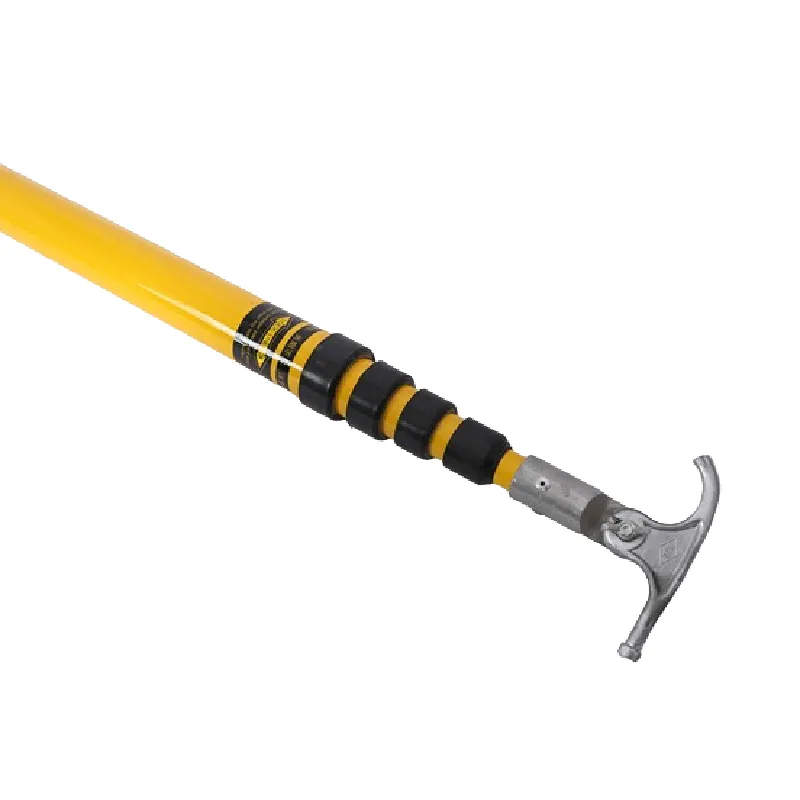
-
 Afrikaans
Afrikaans -
 Albanian
Albanian -
 Amharic
Amharic -
 Arabic
Arabic -
 Armenian
Armenian -
 Azerbaijani
Azerbaijani -
 Basque
Basque -
 Belarusian
Belarusian -
 Bengali
Bengali -
 Bosnian
Bosnian -
 Bulgarian
Bulgarian -
 Catalan
Catalan -
 Cebuano
Cebuano -
 Corsican
Corsican -
 Croatian
Croatian -
 Czech
Czech -
 Danish
Danish -
 Dutch
Dutch -
 English
English -
 Esperanto
Esperanto -
 Estonian
Estonian -
 Finnish
Finnish -
 French
French -
 Frisian
Frisian -
 Galician
Galician -
 Georgian
Georgian -
 German
German -
 Greek
Greek -
 Gujarati
Gujarati -
 Haitian Creole
Haitian Creole -
 hausa
hausa -
 hawaiian
hawaiian -
 Hebrew
Hebrew -
 Hindi
Hindi -
 Miao
Miao -
 Hungarian
Hungarian -
 Icelandic
Icelandic -
 igbo
igbo -
 Indonesian
Indonesian -
 irish
irish -
 Italian
Italian -
 Japanese
Japanese -
 Javanese
Javanese -
 Kannada
Kannada -
 kazakh
kazakh -
 Khmer
Khmer -
 Rwandese
Rwandese -
 Korean
Korean -
 Kurdish
Kurdish -
 Kyrgyz
Kyrgyz -
 Lao
Lao -
 Latin
Latin -
 Latvian
Latvian -
 Lithuanian
Lithuanian -
 Luxembourgish
Luxembourgish -
 Macedonian
Macedonian -
 Malgashi
Malgashi -
 Malay
Malay -
 Malayalam
Malayalam -
 Maltese
Maltese -
 Maori
Maori -
 Marathi
Marathi -
 Mongolian
Mongolian -
 Myanmar
Myanmar -
 Nepali
Nepali -
 Norwegian
Norwegian -
 Norwegian
Norwegian -
 Occitan
Occitan -
 Pashto
Pashto -
 Persian
Persian -
 Polish
Polish -
 Portuguese
Portuguese -
 Punjabi
Punjabi -
 Romanian
Romanian -
 Russian
Russian -
 Samoan
Samoan -
 Scottish Gaelic
Scottish Gaelic -
 Serbian
Serbian -
 Sesotho
Sesotho -
 Shona
Shona -
 Sindhi
Sindhi -
 Sinhala
Sinhala -
 Slovak
Slovak -
 Slovenian
Slovenian -
 Somali
Somali -
 Spanish
Spanish -
 Sundanese
Sundanese -
 Swahili
Swahili -
 Swedish
Swedish -
 Tagalog
Tagalog -
 Tajik
Tajik -
 Tamil
Tamil -
 Tatar
Tatar -
 Telugu
Telugu -
 Thai
Thai -
 Turkish
Turkish -
 Turkmen
Turkmen -
 Ukrainian
Ukrainian -
 Urdu
Urdu -
 Uighur
Uighur -
 Uzbek
Uzbek -
 Vietnamese
Vietnamese -
 Welsh
Welsh -
 Bantu
Bantu -
 Yiddish
Yiddish -
 Yoruba
Yoruba -
 Zulu
Zulu


Dec . 01, 2024 23:42 Back to list
the electroscope detects
The Electroscope A Tool for Detecting Electric Charge
The electroscope is a fascinating instrument that plays a crucial role in the study of electricity and electrostatics. This device is designed to detect the presence of electric charge, making it a pivotal tool for scientists and educators alike. Its simple yet effective design allows users to visualize electrical phenomena that are otherwise invisible to the naked eye.
At its core, an electroscope consists of a metallic conductor, typically a metal rod, that is mounted on an insulating stand. A pair of thin metal leaves or foil strips hangs from the lower end of the rod. When no electric charge is present, these leaves hang straight down due to gravity. However, when a charged object is brought near or touches the rod, the electroscope reacts in a way that indicates the presence of charge.
The Electroscope A Tool for Detecting Electric Charge
In practical applications, electroscopes can serve both educational and experimental purposes. In classrooms, they are commonly used to demonstrate fundamental concepts of electrostatics such as charge induction, conduction, and conservation of charge. For instance, when a charged object, like a rubber rod that has been rubbed with fur, is brought near the electroscope, students can visually appreciate how the leaves diverge, reinforcing theoretical knowledge with tangible experiences.
the electroscope detects

Moreover, the electroscope can also be utilized in scientific experiments to identify the type of charge present on a specific object. By observing whether the leaves collapse or continue to repel upon contact with other known charged objects, one can ascertain whether the charge is positive or negative. This simple test can lead to a deeper understanding of electrostatic principles and the properties of materials.
While electroscopes are quite sensitive and effective in detecting charge, they are not used for precise measurements of electric charge. For more exact quantifications, more sophisticated devices such as electrometers are employed. Nonetheless, the electroscope remains an essential educational tool that helps lay the groundwork for more advanced concepts in physics and engineering.
The history of the electroscope dates back to the early studies of electricity. Pioneers like William Gilbert and later Benjamin Franklin contributed to its development, refining the way we understand and investigate electric phenomena. Today, modern variations of the electroscope, including digital versions, continue to provide insights into electrostatic principles while engaging a new generation of learners and researchers.
In conclusion, the electroscope is a remarkable tool that has stood the test of time. Its ability to detect electric charge in a visual and intuitive manner makes it invaluable in educational settings and foundational experiments in electrostatics. As technology advances, the principles that govern the behavior of electric charge remain constant, ensuring the electroscope's place in the pantheon of scientific instruments. Through this simple yet powerful device, we continue to explore the mysteries of electricity and its profound impact on our daily lives.
Latest news
Essential Tools for Building Construction: Your Guide to Top Equipment
NewsAug.29,2025
Measuring Wheel Tools Explained
NewsAug.28,2025
Essential for Cable Installation: Advantages of the Easy Buddy Conduit Guide
NewsAug.28,2025
Essential Construction Power Tools for Every Builder
NewsAug.28,2025
Construction Tools Explained Simply
NewsAug.28,2025
Cable Pulling Equipment for Efficient Installations
NewsAug.28,2025








